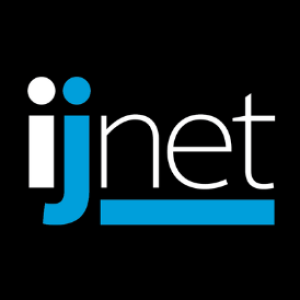In the past few months, you have likely seen our posts on your Twitter feed, Facebook page or in the weekly bulletin asking for your help filling out our annual reader survey. Each year, we ask for feedback from IJNet readers on what we’ve been doing well, and how we can improve.
This year, we received more than 150 responses in six different languages from respondents all over the world. The survey offers more than demographic data; it’s a template for how we can improve our site to better meet our readers’ needs.
These are four points that stood out to us in the survey, and how we plan to address them:
More video content
IJNet is very active on social media, specifically on Twitter and Facebook, but this is only a small fraction of the social sites available. When asked what other social media platforms on which readers would like to interact with IJNet, one of the most common responses across all languages was YouTube.
Although IJNet has a YouTube channel, we’re not very active on the channel apart from uploading new videos. Traditionally, our strengths have lied with written content, but incorporating more video content has been a goal of ours for a while. This survey adds urgency to our shift toward more video content.
Respondents also offered suggestions for which topics they would like to see from IJNet’s video content. Many people requested more training videos on topics as diverse as camera techniques, hostile environment training, personal branding, investigative journalism and others. We also had many requests for interviews, all of which we will consider as we set out to increase video content.
Website redesign
We had a number of responses that focused on our website design. Andrew from Colombia summed it up best, commenting, “The design of the website seems to me like it needs an update.”
We couldn’t agree more.
As many of our readers know, we are in the process of designing a new IJNet website. After selecting a web design company, we surveyed our readers to inform the new site’s design.
We hope this new site will address aesthetic concerns, like Migue’s from Argentina, who said “They should improve the page, make it more pleasing to the eye,” as well as organizational concerns like Elizabeth’s from the U.S., who wrote, “The actual resources articles are buried in the [navigation]. For the longest time, I didn't even know they were there under the ‘toolkit’ sub-navigation.”
IJNet’s new website design is expected to debut in fall 2018.
New format for live chats
In the past, IJNet has hosted a number of live chats on our website. We’ve covered topics like how to deal with ethical dilemmas, reviving local journalism and finding success as an international freelancer.
However, the vast majority of respondents said they have never participated in a live chat.
Although very few people have participated in the past, most users replied that they could benefit from chats about investigative journalism, data journalism and how to apply to a fellowship.
This suggests that the platform itself isn’t conducive to the live chat feature, and that it would be better to try it in a different context. Our new website will no longer have a ‘chat’ section. Instead, we are going to start experimenting with chats through Facebook Live, Zoom or Slack.
Increased interactivity
Ricardo from Brazil wrote, “I believe that you can be better at leveraging social networking features, including increased interactions with your readers.”
Although we closely monitor social media and respond to comments and inquiries, it’s clear that our readers are looking for more opportunities to interact with us and the content we’re publishing.
In 2018 we plan to create a more clearly defined strategy for engaging with our readers, including live chats and starting discussions in the IJNet Forum.
Congratulations to Albina from Russia, Hamza from Turkey, Laís from Brazil, Ana Cláudia from Brazil and Kira from Kenya who are the recipients of the US$50 Amazon gift card.
Main image CC-licensed by Pixabay via TeroVesalainen.


